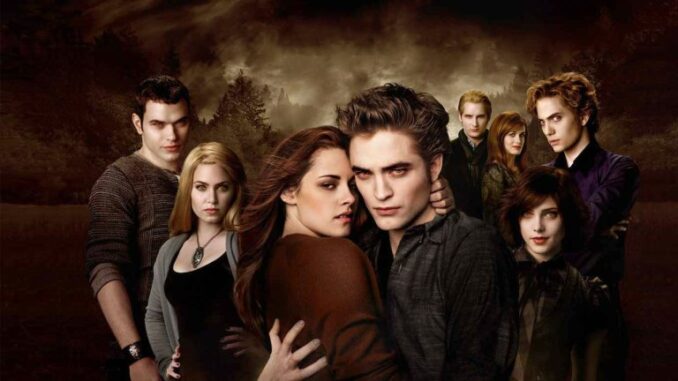
The digital ether hummed, a collective gasp rippled across the internet, and a familiar, almost forgotten, spark ignited in the hearts of millions. The news, delivered with a casual yet seismic grace by Stephenie Meyer herself, was simple: a new Twilight book, this time from the broody, conflicted, and eternally beloved Edward Cullen’s perspective. It wasn’t just an announcement; it was a sonic boom in the quiet chambers of pop culture memory, a reawakening of a dormant volcano that once defined a generation’s romantic fantasies.
To understand the illustrative power of this tease is to appreciate the intricate dance between nostalgia, narrative perspective, and the enduring grip of a story that, despite its critics, carved an indelible niche in the literary landscape. For fans, it was akin to discovering a long-lost diary, not of their own, but of a pivotal character whose inner world had remained largely opaque, filtered solely through the adoring, often naive, gaze of Bella Swan. Where Bella’s narrative was a symphony of first love, human clumsiness, and burgeoning desire, Edward’s promised a deeper, darker, and infinitely more complex composition.
Imagine the Twilight saga as a grand, Gothic cathedral. For years, we’ve walked its aisles through Bella’s eyes, admiring the stained-glass windows, observing the rituals, and feeling the awe of its vastness. Now, Meyer was offering us the keys to the crypt, the hidden confessional, the very architect’s blueprints of Edward’s mind. Where Bella saw an enigmatic, impossibly beautiful boy with eyes like liquid gold, Edward’s internal monologue, as snippets and early drafts had once hinted, was a cacophony of self-loathing, primal hunger, and an agonizing, almost suffocating, sense of control. His mind-reading ability, a superpower Bella rarely pondered beyond its immediate utility, becomes a constant, overwhelming flood – every mundane thought of every person around him, a relentless clamor he must filter, process, and often, weaponize.
The illustrative contrast is stark. Bella’s perception of Edward’s swift movements and sudden appearances as mysterious and romantic would, through his eyes, reveal the agonizing calculus behind each action: the split-second decision to suppress a killer instinct, the desperate urge to protect balanced against the fear of harming, the internal argument between the “monster” and the “man” he strives to be. His sparkling skin, a fantastical marvel for Bella, would become a source of profound shame and alienation for Edward, a constant reminder of his otherness, his inability to ever truly belong in the sunlit world. The tender moments, the stolen glances, the chaste kisses – all would be imbued with a desperate intensity from Edward’s side, a constant battle against the bloodlust, a testament to a love so profound it could momentarily silence the ravenous beast within.
This isn’t merely a retelling; it’s a re-contextualization, an excavation of the unspoken narrative. It illustrates how a shift in perspective can fundamentally alter the emotional resonance and perceived truth of a story. It highlights the author’s continued engagement with her creation, a recognition of the magnetic pull these characters still exert on a global audience. The “tease” itself became a sociological experiment, measuring the enduring power of a pop culture phenomenon, proving that even years later, the yearning for more – for deeper understanding, for new angles on familiar love stories – remains potent.
Ultimately, Stephenie Meyer’s announcement was more than just a publishing event. It was an illustrative testament to the transformative power of perspective, the enduring allure of forbidden romance, and the persistent desire to delve deeper into the minds of the characters who, for better or worse, have populated our collective imagination. It beckoned us back to the cathedral, not just to revisit its beauty, but to finally understand the tormented soul of its most captivating, and perhaps most misunderstood, inhabitant.
